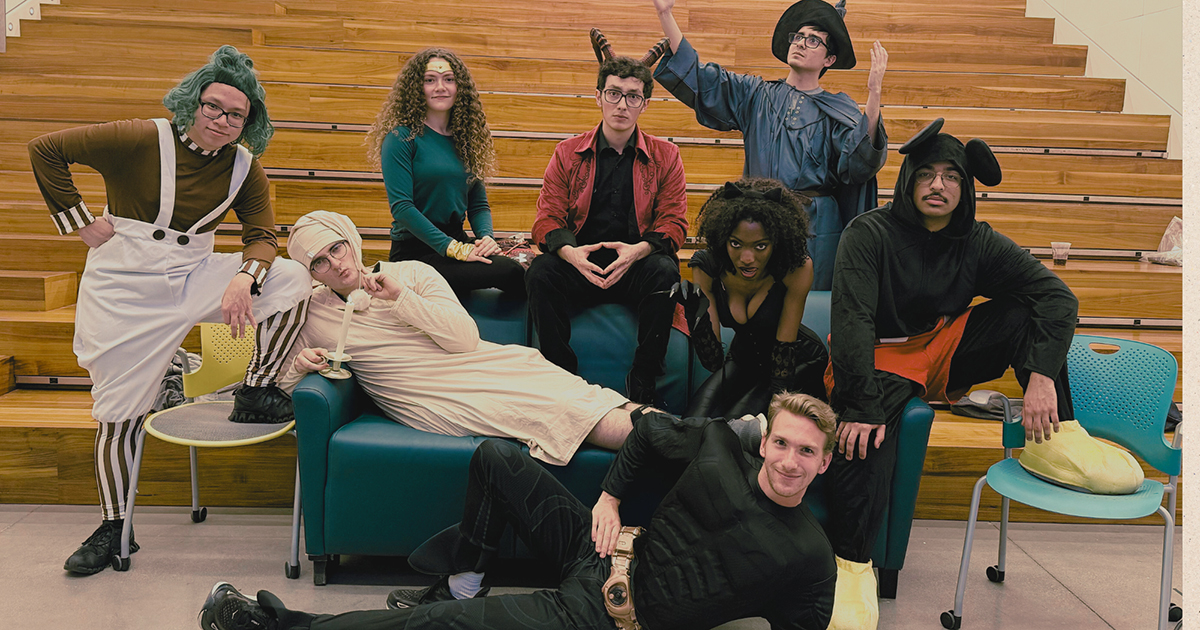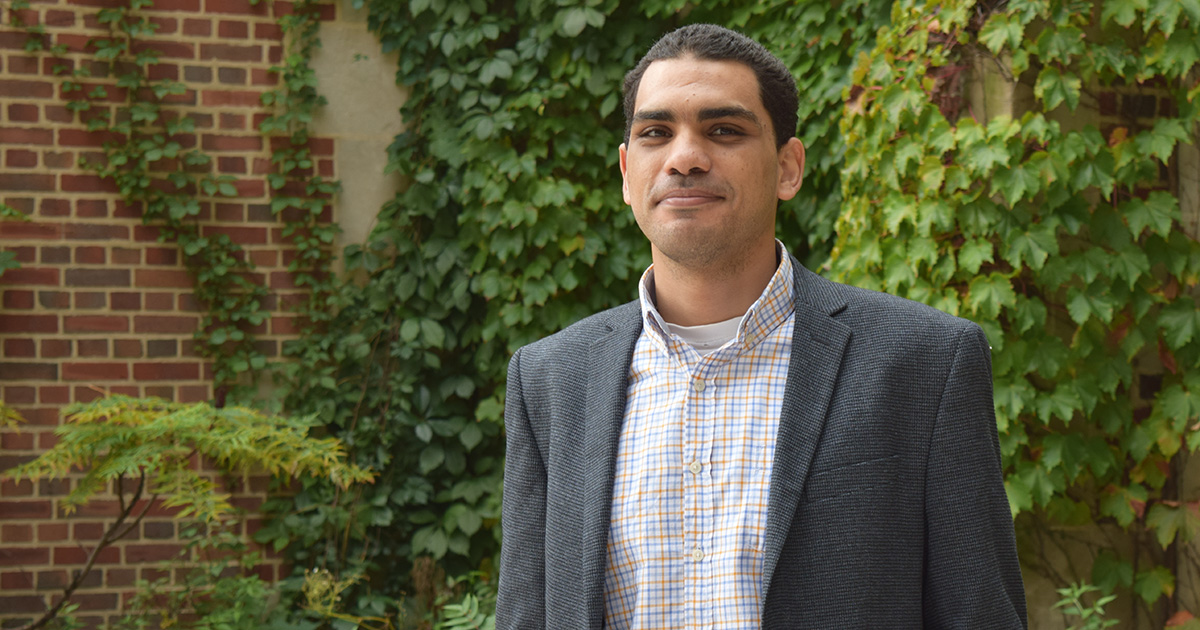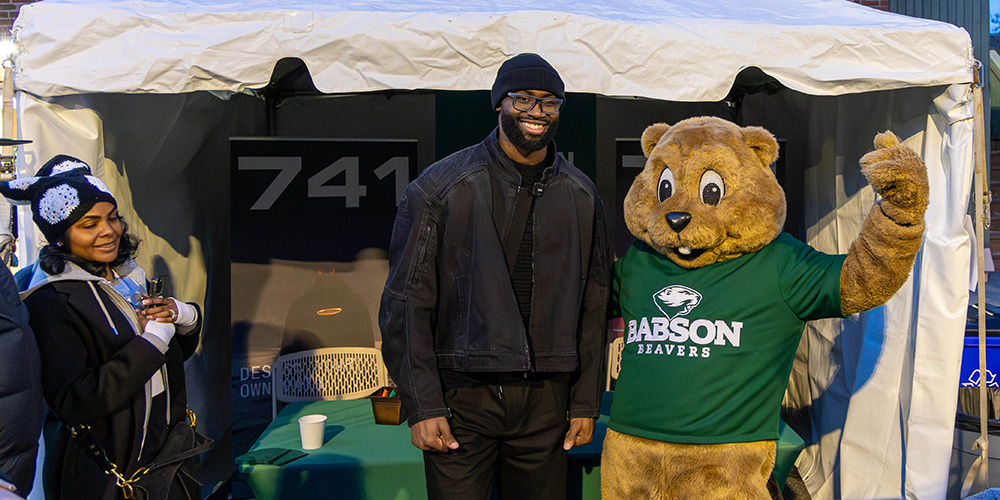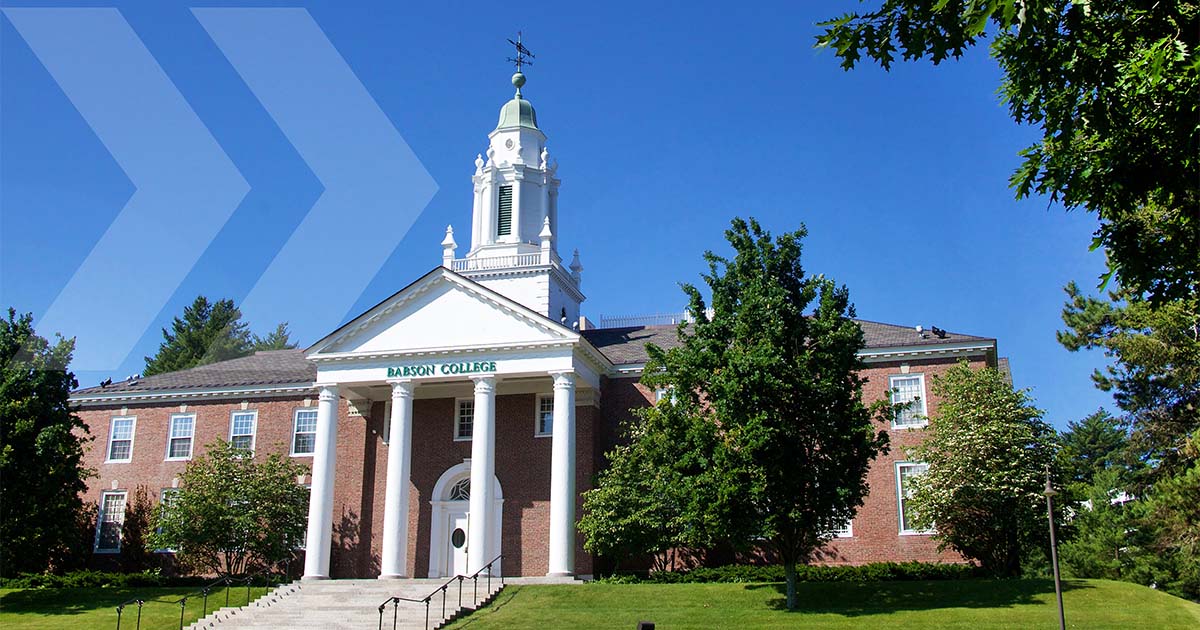Why Teach Entrepreneurship? The Babson Impact
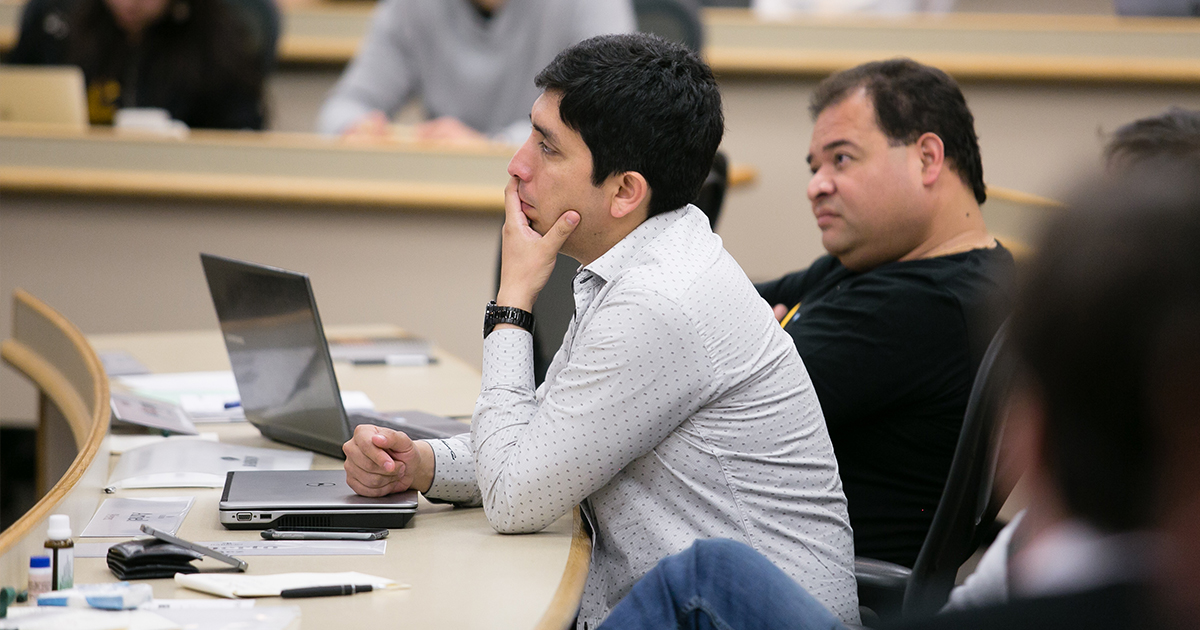
For more than a year, Carlos Iván Moreno, vice provost for International Affairs at University of Guadalajara, has been working to infuse entrepreneurship throughout his institution. He and his team have turned to Babson College, the No. 1 school for entrepreneurship and the leader in entrepreneurship education. The entrepreneurship collaboration between Babson College and University of Guadalajara permeates all areas of the university, which is Mexico’s second largest with more than 120,000 students, 15,000 professors, and 15 campuses.
University of Guadalajara faculty have participated in the Symposia for Entrepreneurship Educators (SEE) and custom faculty development programs, and undergraduate students have attended Babson Build, a multiweek program for students focused on entrepreneurship.
Why Teach Entrepreneurship?
Repeatedly, when University of Guadalajara students find out that they’ve been selected to study entrepreneurship as part of the Babson Build program at Babson College, located near Boston, Massachusetts, Moreno sees looks of confusion and delight on their faces. The vast majority are first-generation college students, and many have never traveled outside Mexico. “The students are nervous, but really excited. But, sometimes they are confused, because there are still strict notions about innovation and entrepreneurship in Mexico, Latin America, and many other parts of the world,” says Moreno.
He describes the routine pre-departure meeting, where students across all disciplines come together to get oriented before leaving for Babson. They’ll say, ‘I’m studying dentistry, why was I selected for an entrepreneurship program?’ Or, ‘I’m a psychologist, I thought I was picked by mistake.’ By the time the group reunites after the program to debrief and share their experiences, they’ve adopted a new mindset in which entrepreneurship applies to all disciplines, and they’ve begun developing new projects and ideas.
“One student told me about their new plan to bring dental services into poor areas of the country,” says Moreno, “and it’s so satisfying to see students transformed by this notion of blending academic discipline with innovation and entrepreneurship to solve local or global problems.” “What a world it would be, if every student graduated thinking of themselves as an entrepreneur,” adds Professor Heidi Neck, the faculty director for Entrepreneurship Education at Babson College. “It doesn’t mean each student needs to start a new business; instead, by thinking and acting entrepreneurially, we believe that our students will be able to create economic and social value everywhere.”
The Babson Impact
In addition to high school and undergraduate students participating in the Babson Build program, University of Guadalajara faculty also have benefited from the Symposia for Entrepreneurship Educators (SEE) and custom faculty development programs. Moreno sees signs of success in the enthusiasm from the faculty. “Two or three weeks after the first program finished, we got phone calls from the faculty asking ‘what’s next?’ This initiative from the participants was bottom up,” he says. As a result, professors across the university formalized a network that meets monthly to exchange entrepreneurship curriculum ideas and materials, and are starting to see themselves as entrepreneurs.
Thanks to programs with Babson College, there is a growing understanding at the University of Guadalajara that entrepreneurship is for everyone. Campuses now participate in national and international entrepreneurship contests, and there’s even some friendly competition in terms of how many students each campus sends to innovation competitions. Moreno says he’s starting to see a push to innovate that has been very powerful.
And, for Moreno personally? He credits the partnership between University of Guadalajara and Babson with expanding his viewpoint. “Babson allowed me to see myself as an academic entrepreneur,” Moreno says. “I don’t have a product or service that I’m selling, but I do see myself now as an entrepreneur within a big organization who is trying to promote some positive changes, alongside the leadership and vision of the university president.”
Posted in Entrepreneurial Leadership
